|
Porch-friendly wines pair well with hot weather, summer menus and long conversations with good friends. Read on for some great suggestions by wine aficionado, Anna Speer.
Not yet high summer, no longer early spring: we're in a shoulder season. What are the best warm weather wines for this time of year? Read on, wine lovers. I'll admit it — I love shoulder seasons. Late spring to early summer in Mississippi offers what is, without a doubt, one of my favorite shoulder seasons in the world. Everything is in bloom, we have more daylight and we are treated to warm, pleasant days and cool, crisp nights. If we are very lucky, we even get a breeze to keep away the mosquitoes. Grills get lit and, as meals and parties move from living rooms to porches, we start looking for wines to take the edge off the afternoon sun. 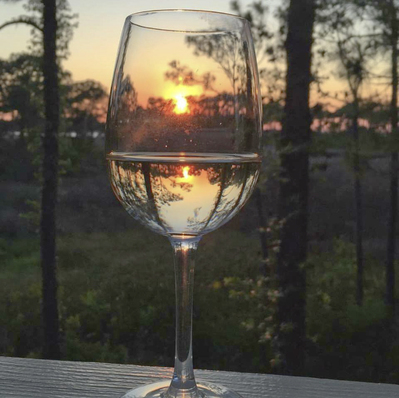 photo by Anna Speer photo by Anna Speer
In order to be "porch friendly," wines must meet a few standards in my book. Bigger, tannic red wines can be overwhelming on warm days, and many white wines with higher alcohol content will come off overly harsh and heavy in the heat. We want something that is food friendly as well as delicious on its own.
A classic choice in this broad, subjective category is Riesling. This sweet white wine originated in Germany, but grows well in most of Western Europe and the U.S. It is immensely versatile; ranging from off-dry to richly sweet with color and flavor profiles as varied as the countries in which it is grown. Often falling under the shadow of its much sweeter cousin, Moscato, Riesling is, in my opinion, a greatly underrated wine. This is not to say that Moscato is a wine to be dismissed — far from it. More on that another time. That being said, I would invite all Moscato drinkers to branch out. In our market, we have access to Rieslings that are predominantly semi-sweet with notes of tree fruits and citrus. For a deeper, richer option, look for late-harvest Rieslings; these will showcase apple and honey notes. As a whole, these wines offer an approachable sweetness paired with a crisp acidity that is ideal for hot weather after an essential solid 2-hour chilling in the fridge. For those who prefer dry wines to sweet ones, let us turn to the world of Pinot Gris and Pinot Grigio. This grey-skinned grape takes its name from its country of origin (the French word for grey is gris); when these grapes are grown across the border in Italy, they take on the grigio appellation. This single grape is used to craft two very different and widely popular styles of wines. Savignon Blanc lovers, take note: both these styles cater to your tastes.
The first, Italian-style Pinot Grigio, is light colored, lighter bodied and generally lower in alcohol content. Made from grapes that are harvested earlier in the season, these wines feature a more neutral taste while maintaining the bright acidity of the wine berries.
The second style is the Alsatian Pinot Gris, which showcases notable spiciness, full body and a higher alcohol content. Where Pinot Grigio is harvested young and meant for early consumption, Pinot Gris will cellar and age well. Look to Italy and Oregon for the best and most accessible options for both of these delicious varieties. A note of advice before moving on: some Pinot Gris, particularly those grown in warmer climates, can have alcohol contents of up to 14 percent. In these cases, chilling the wine and keeping it cold is absolutely essential. Allow them to get too warm and you'll find yourself with a nose full of rubbing alcohol.
Steals, Deals, Splurges
"Steals" are usually under $10, "Deals" in the $15 range, and "Splurges" are in $20 - $40 range. These wines are available in the Bay-Waveland area.
Steal: Chateau Ste. Michelle Reisling (2014)
Deal: Louis Jadot Beaujolais Village (2014) Splurge: Santa Margarita Pinot Grigio (2014) Enduring Style
Her books were written more than 200 years ago, the language is formal, the pacing is slow. So what is it about Jane Austen's books that make her one of the most popular classic authors in the 21st century?
- story by Carole McKellar
In addition to movies and TV dramas based on her novels, many modern writers pay homage to Austen in their work: “Clueless” is a 1995 movie retelling of “Emma” modernized and based in Southern California; “The Jane Austen Book Club” was popular as both a book and a movie. The male lead in “Bridget Jones’s Diary” was Mr. Darcy, the central character in “Pride and Prejudice.”
The Austen Project released four novels that are contemporary retellings of Austen novels. Respected novelists Joanna Trollope, Alexander McCall Smith, and Val McDermid retold “Sense and Sensibility,” “Emma,” and “Northanger Abbey.” The Austen Project also recently released “Eligible,” based on “Pride and Prejudice” and written by Curtis Sittenfeld, author of well-received novels “American Wife” and “Sisterland.” When Austen’s books were first published, novels were popular but not taken seriously as a literary genre, and women writers frequently used pseudonyms because writing was not considered respectable for women. Jane Austen’s novels were all published anonymously. Her first novel, “Sense and Sensibility,” was simply identified as authored “By a Lady.” Subsequent novels were identified as written “by the author of ‘Sense and Sensibility.’” Charlotte Bronte used the name Currer Bell when “Jane Eyre” was published in 1847. “Wuthering Heights,” written by her sister Emily, was published under the name Ellis Bell. The Brontes used their own initials and the same fictitious surname.
Jane Austen was the daughter of a clergyman who belonged to the gentry but was not wealthy. He had six sons and two daughters, Cassandra and Jane. Neither daughter married, though Jane had one marriage proposal that she at first accepted, but later turned down.
English law from the period did not permit married women to own property, but as a single woman Austen was able to manage her own finances. Her novels deal with women’s dependence on marriage for security and social standing, but apparently Jane preferred independence rather than marriage to a man she didn’t love. I am currently reading “Emma” in honor of the 200th anniversary of its publication. Celebrations by Austen enthusiasts are taking place throughout the country to commemorate the event. I chose the Penguin Classics Deluxe 200th-Anniversary Annotated Edition, which has an introduction by Juliette Wells, noted Austen scholar. She puts the book in historical context, but her “Tips for Reading Emma” were invaluable to me. Ms. Wells recommends reading only one chapter at a time, advice that permits me to savor the repartee between Emma and Mr. Knightly. Ms. Wells further recommends reading portions of the dialogue aloud, which emphasizes that Miss Bates’ speeches are quite humorous rather than tiresome. Reading a book in small bites is especially rewarding with Jane Austen. The beauty and wit of her dialogue is not lost.
Famous mystery writer P.D. James wrote an essay titled “Emma Considered as a Detective Story.” James points out that Austen leaves “clues” of plot surprises and characters’ moods.
Fans of Jane Austen are myriad and diverse. The most avid are called “Janeites.” Rudyard Kipling wrote a short story titled “The Janeites” about a group of World War I soldiers who were fans of Jane Austen, albeit in secret. I am a longtime fan of dramatizations of Austen’s work, but only recently read her novels. Carolyn Brown, about whom I wrote in March 2015, is the president of the Mississippi Chapter of the Jane Austen Society of North America (JASNA). Dr. Brown has written biographies of Eudora Welty and Margaret Walker Alexander, and I attended a seminar she and Dr. Susan Ford led at Millsaps College on the novel “Mansfield Park.” The book and the discussion were pleasurable and enriching experiences. If you appreciate well-developed characters engaged in witty dialogue, I recommend the novels of Jane Austen. Follow the experts’ advice and read slowly, savoring the experience. I predict that you will understand what made Austen so popular for the past 200 years. Which of today’s novels will have such a following in the year 2216? The Hancock County Library is planning a tea and book discussion of “Emma” followed by a showing of the movie adaptation staring Gwyneth Paltrow. Check the Fourth Ward Cleaver calendar for dates and details. Dorty Necaise
The Bay's animal control officer deals efficiently and humanely with anything that flies, swims, walks, crawls, or slithers - including the occasional irate citizen. Meet Dorty Necaise, a dog's best friend.
story by Ellis Anderson, photos by Denise Hines and Ellis Anderson The Bay Town Inn
The new Bay Town Inn will be celebrating its third birthday this year. Owner Nikki Moon reveals why more guests - and more types of guests - are staying and then returning.
- story and photos by Ellis Anderson
Walkability rules here: the Inn is on the route of a popular historic walking and biking tour. Ten owner-operated eateries are located within three blocks. Ditto for dozens of antique shops and boutiques. A fabulous public pier and harbor are directly across the street. Watching the sunrise over the floating neighborhood of seventy-odd boats — with the graceful Bay Bridge in the background — gets anyone’s day off on the right foot.
In addition to the couples staying for rejuvenation and a weekend of fun in the sun, two new types of guests have discovered the Inn. Business travelers are flocking there for workweek stays, and wedding parties are booking “takeover” weekends. Nikki says that her corporate guests in many cases are NASA, NOAA, or Navy personnel, in the area working at Stennis Space Center. Rather than stay at a chain hotel in Louisiana, they opt for the Bay Town Inn experience — especially since the Inn honors government per diem. “They like the Inn because they have more space than in just a room,” says Nikki, referring to her ten guest suites. The suites include a separate living/kitchenette area, a large bathroom and a separate bedroom. “If they want to meet with one of their colleagues, there’s work space in the suite, or they can discuss projects by the pool. “They also like the fact that after a long day, they can have peace and quiet. They don’t have to get into their cars again. They can just walk to dinner.”
Wedding parties are attracted for many of the same reasons, especially since two popular reception venues are nearby. Instead of booking just a smattering of rooms to wedding parties, Nikki’s unique approach is to offer only the entire place. For instance, for one recent wedding, the groom’s family booked the entire Inn for the weekend. They set up their own refreshment station in the courtyard and were able to swim until midnight without worry of disturbing other guests. Currently, the Inn hosts about five weddings a year. Most of the guests — whether matrimonial, corporate or vacation — have one thing in common: a friend referred them. “The majority of our business is word of mouth,” says Nikki. “That’s great, because that means we’re providing consistent service and meeting their needs. That’s also a tribute to Bay St. Louis. There are more restaurants open now on Monday night and some shops are open seven days a week too. That’s something they can’t get in other towns. “Bay St. Louis may be known as ‘Mayberry by the Sea,’ but it’s a hip Mayberry. While it’s calm and low key, it’s also artsy and has lots of live music.” 
One reason for Nikki’s lightning fast success is her staff. Several key people have been with her since the opening and the team works with seamless efficiency. This allows her more flexibility now than she’s ever had in her entire working life. A seasoned tourism professional, in 2003 Nikki purchased the original historic Bay Town Inn. She was just settling in as owner of the bed and breakfast when Hurricane Katrina tore through the coast.
After the storm, she was the owner of a bare lot, feeling fortunate to have escaped with her life. Until the Bay’s infrastructure could be put back together — a process that took several years — Nikki returned to New Orleans and picked up her job as vice president of convention sales for the New Orleans Convention and Visitors Bureau. She also married John Moon, who found the dream of running an inn in Bay St. Louis as alluring as she did. Construction on the new inn began in October 2012 and it was completed in September 2013. Unfortunately, the newlyweds never got to celebrate its opening together. John Moon had passed away from melanoma five months before. Loss of a home, a business, and a soulmate in a relatively short period might have permanently clouded the lives of most people, but Nikki’s midwestern determination has served her well. Chin up, keep going, stay positive. Her bright smile that greets every guest is not one of artifice. She’s genuinely delighted to see them and they can sense it. It’s one of the reasons they keep returning.
Nikki has found that giving back to her community keeps that spirit bright. Now that the hotel’s routine has become second nature, she has the flexibility to volunteer for favorite projects. Currently, she’s serving on the board of the Hancock Chamber, the Old Town Merchants Association, the Hancock Library Foundation, the Mystic Krewe of Seahorse (a Mardi Gras organization with an economic development mission) and the advisory board of the Gulf Coast Visitors Bureau. One of her favorite charities is Brenda’s House, a safe home for children who are in transition.
She’s also serving her second term as president of the Hancock County Tourism Development Board, bringing to the table her years of expertise in the industry. Two recent projects she’s thrown energy behind involve transportation. A free Old Town trolley service that was being discontinued because of lack of funding has found a new sponsor, the Silver Slipper Casino. The new service began at the end of May and will run through Old Town and Waveland as it makes a loop back and forth to Bayou Cadet. Another pet project has been working with the Southern Rail Commission to encourage the return of Amtrak train service, which is hopefully slated to begin within the next two years. She sees Bay St. Louis as the gateway to Mississippi, poised to welcome visitors. Nikki also believes the train service will encourage the historic model of full and part-time residents of the Bay being able to commute to New Orleans for work. Her hopes for the community’s future are shared with those of her inn: moving forward with fresh ideas, based on the time-honored traditions of the past. She sees a textured weave, where businesses and residents work toward a vital economy and an exceptional quality of life. “I’ve learned a great deal in the past three years,” Nikki says. “I’m more local-centric than ever now. I buy local art for the rooms, flowers from the local florist, plants from local nurseries. We want to support local businesses as much as we can. You know, we’re all in this together.” Epilogue: Life As I Have Known It
Pat Murphy's book-in-progress is no longer a book in progress. In this final installment, he takes the long view back over his own life and some of the people he has known and loved.
Pirate Day in the Bay
Ahoy, mateys! On June 24th, pirates take over Old Town for one of the most popular family events of the year. Swashbuckle your way through the weekend with our event rundown!
- story by Ana Balka, photos by Ellis Anderson
Last year’s first official Pirate Day in the Bay brought out somewhere around 1500 people, Rafferty said, and this year is likely to attract more.
The whole thing revolves around Captain Longbeard, who storms yearly into Bay St. Louis on a mighty ship with his crew — this year, on Friday, June 24 — intent on “recruiting new conscripts, and ... entertaining the young ladies of the city” (from Longbeard’s publicity page on Pirate Day’s website; a pirate has to have a good social media presence these days). According to organizer John Rosetti, Longbeard will meet with Mayor Les Fillingame and “discuss taxation of his commodities. “We anticipate a heated dispute in which the mayor will more than likely be placed in jail and the pirates will control the town,” Rosetti reported.
Those who wish to actually be an “arriving pirate” (by boat, that is) on Friday should sign up for the “Pirate Recon River Run & Pirate Arrival,” and be at the BSL Harbor Event Deck at noon. From there, participants will cruise to Hollywood Casino, where they are free to plunder for treasure, and return with the boat at 5:30 for the Pirate Arrival. Get tickets here.
The pirates’ arrival and showdown with the Mayor officially happens at 5:30, and will immediately be followed by the Pirate’s Pub Crawl and Scavenger Hunt (for which you may purchase tickets here). At least 11 bars are Pub Crawl and Scavenger Hunt Stops; find hidden treasures and compete for over $1000 in prizes and gifts.
Pirates may also take part in Saturday’s 3 p.m. “Pirate Cruise and Invasion,” which will take buccaneers on a cruise of the Bay of St. Louis, returning to the Harbor event deck by 5 p.m. for the Pirate Invasion. Tickets here.
But wait! There is so much more to Pirate Day in the Bay! Whether you take part in one of the cruises or not, you (and your kids, and your dogs, and your parrots, yarrrr) must dress in your finest privateering pantaloons and buccaneering blouses and enter in the costume contest. Judges Rory Rafferty (President, Mystic Krewe of the Seahorse) and Jaimee Dorris (entrepreneur, advocate of all that is fabulously feminine, blogger, and Mrs. Congeniality of the 2016 Mrs. Mississippi pageant) will judge the 2 p.m. Saturday proceedings.
There will be music throughout the weekend, with the Bay’s own Brandon Tingstrom rocking the stage 7-10 Friday night, and upbeat New Orleans band Karma playing Saturday from 8-11.
The Mayor takes back the city and proclaims it safe by 7:30 p.m. Saturday, but pirates will keep reveling as the music goes through the night. Then, thrill to the glory of the cannons — or rather, a big and gorgeous fireworks display, sponsored by the Silver Slipper at 9. Then we can all go home and rest easy that Captain Longbeard and his dastardly cohorts have sailed away for another year. Ahoy! Using Massage to Check Your Pet’s Well-Being
Pets love massage as much as people do. Here's how you can relax your dog or cat, while giving them a checkup.
- by Daisy Mae Delray, columnist and registered seizure alert dog
Before you begin the massage you can do a diagnostic massage to check for abnormalities. A friend of mine who has a Persian cat with lots of hair found an abscess on her cat, just under the armpit. We had shown her how to do a diagnostic massage a few weeks before so she was able to avoid a major infection.
A diagnostic massage is a simple technique every pet owner can do. It simply means feeling all over your pet’s body with a light touch, noticing any parasites, warmth, coolness, sores, swellings, tumors, discharge; anything out of the ordinary or anything your pet seems sensitive to. If done on a weekly basis, your hands and eyes will know when something has changed that you need to pay attention to or to seek veterinary help with. This is a suggested guideline of how you can do this type of massage. You can do this in any order you and your pet prefer. ●Start by touching your pet’s head with both hands and run hands down your pet’s cheeks and mouth. ●Look into their eyes and mouth, sniff for any off odors, look for marks, discoloration, chipped or dirty teeth. ●Feel around ears for lumps, hair mats, and other abnormalities. Look and sniff in the ear. ●From ears, move hands down their necks to the throat. Check for abnormalities, tenderness. ●From the throat move your hands down their chest, shoulders and front legs. Flex the legs, check the feet. ●Move your hands from the feet and down the back, sides and stomach, feeling for warmth, coolness, or anything unusual. ●Check rear legs and feet the same way you did the front. ●Feel and look at the rear area, around and under the tail and underbelly. Look for parasites, discharges and sniff for off odors. Keep a journal of what seems different. You can use this with the vet. Be sure to check weight periodically. Watch your pet walk, both towards you and away, looking for stiffness, pain, or abnormal gait. Don’t forget to monitor stool production and consistency, and urination habits and flow. You are using your eyes, your hands, and your nose to imprint a baseline impression of your pet’s body. Once you have done this a number of times you will notice something that is off normal. Keep your tail high and your feet dry! Love, Daisy Mae
Over the next 5 months the Hancock County Tourism Bureau will be highlighting our communities and some of the unique activities for visitors and also locals. This month we feature the Kiln community.
Kiln
Kiln is located just north of Waveland and I-10 and west of the City of Diamondhead. Many kilns — used in the production of pine tar — once dotted the area, which in the late 19th century was a timber industry boomtown. Prior to the early 1910s the area we know as Kiln or “the Kiln” was referred to as the Jourdan River Community, but since at least the 1880s it has been known as Kiln, and by 1913 the name Kiln was firmly established.
The community of Kiln offers a variety of restaurants, bars and shops. The Kiln is known worldwide for being the hometown of Brett Farve. It’s also famous for its old-time horse Christmas parade, and was home to some of the best moonshine during the 1920s prohibition. Below are some of the main attractions in the Kiln. Stennis International Airport
During World War II the Hancock County Airport (as it was then known) was used as an auxiliary training airfield supporting the Army Pilot Training School at Gulfport Army Airfield. It eventually opened for civil use in May 1970.
The Airport’s Million Air fixed base operator (FBO) offers a full complement of capabilities and amenities including DLA-approved aviation fuel and ground services, Jet-A-Way Café, hospitality bar, theater room, pilot lounges, conference rooms, flight planning room and onsite Hertz Rent-a-Car. Have lunch with friends in the Jet-A-Way Café. Stennis International Airport is a public use airport in Hancock County. For more information, click here. Lazy Magnolia Brewery
Lazy Magnolia is Mississippi’s oldest packaging brewery, and the first one since prohibition was enacted in 1907. They’ve been offering locally brewed beer to Mississippians since they were founded in September of 2003.
Lazy Magnolia’s one-hour educational tour with complimentary souvenir pint glass gets a top rating on Trip Advisor. Each paying guest may try up to 6 different brews during the tour with their $10 admission. When accompanied by a paying guest, designated drivers or minors under the age of 21 receive free admission. Lazy Magnolia has a First Friday event each month that draws visitors from all over the region. Come enjoy music, food and the occasional chance to taste a new beer. For more information on this event or to set up a tour, go to their website. Lazy Magnolia Brewery: 7030 Roscoe Turner Road. 228-467-2727. McLeod Park
McLeod Park is a campground located on the Jourdan River in Kiln operated and maintained by the Hancock County Board of Supervisors. The park has boating, hiking, and a playground, plus campsites with showers and a store. The park offers pavilion and golf cart rentals.
McLeod Park boast the largest Halloween party in the county. Campers and park visitors enjoy trick-or-treating from campsite to campsite. Patrons decorate their RVs, and park employees create a fun atmosphere for all. McLeod Park: 8100 Texas Flat Road. (228) 467-1894. Hancock County Arena
Hancock County Multi-Purpose Arena hosts fairs, rodeos, livestock shows, food and music festivals, barrel racing, team roping, sports motocross, dog shows and more!
The covered outdoor arena sits on 80 acres and has a sound system, seating capacity of approximately 2800, concession areas, restrooms, announcers stand, a lighted outside livestock barn, and camper hookups. One of the largest events that take place at the arena is the Hancock County Fair. The Fair brings back the history of county fairs and celebrates community heritage with live entertainment, midway games and rides, arts and crafts vendors, a rodeo for all ages, livestock, and offerings from local restaurants along with traditional fair food stands. This year the fair is September 21-24. See www.hancockcountyfair. The Hancock County Arena is located at 4184 Kiln-Delisle Road. For more information on the arena go to www.hancockcountyms.org. The Hancock Performing Arts Center
The Hancock Performing Arts Center (HPAC), adjacent to Hancock County Middle School on Stennis Airport Drive, is an extension of the district's educational mission and a result of an effort to provide “meaningful opportunities in drama, music, dance, writing, and film” for area youth and the community.
The Center’s website states a mission of “entertaining and educating the community.... A child’s educational development should include the performing arts to enhance his/her intellectual development. In addition, unique opportunities should be offered for everyone in the community to explore the arts through educational programs throughout the year.” The $8.2 million center officially had its grand opening on February 20 this year, and this spring featured a staging of “Little Shop of Horrors,” a concert with 1950s rock-n-roller Bobby Rydell, and Hancock County School District music performances. The facility houses a 500-foot orchestra pit, over 2,000 square feet of lobby area complete with gallery-style hanging system, and a spacious backstage makeup and dressing room. The center also has a catering kitchen fully equipped to accommodate guests. Visit their site or find them under “Hancock Performing Arts Center” on Facebook.
How many of these activities have you tried in your community?
For more information about the county go to www.mswestcoast.org Ellsworth's Legacy
A cherished family home is snatched from the verge of destruction and restored to pay homage to former owner Ellsworth Collins - Bay St. Louis artist, woodworker and musician.
- story and photos by Ellis Anderson The Worry Hour
Studies show that actually scheduling a weekly time to worry is effective at reducing anxiety. Find out how to start your own "worry hour."
story by Christina Richardson, PhD.
Waveland Alderman Jeremy Burke keeps us up to date on the new beach trolley service, construction on South Street, the reopening of the Ground Zero Museum and an invitation to Coffee With the Mayor.
It will also be employing the hail system, which allows riders to flag down the trolley and hop on and off at any time. The trolley will be running 7 days a week starting at 11 a.m., and it's free to ride. Click here for the schedule and the map!
South Street Construction
The City of Waveland will be starting construction by the end the summer to fix a flood-prone section of South Street. The section of South Street just past Brown Street going west will be raised, and culverts will be added to alleviate water topping the road every time it rains. This project is being funded by the Hancock County Road and Bridge fund. Waveland is scheduled to advertise for a contractor by the end of the month and the construction should start shortly after.
Waveland Ground Zero Museum Reopens
After a year of Waveland’s Ground Zero Museum being closed, the doors are finally open again and new director Kathy Pinn is at the helm. The museum is still a work in progress, but visitors can enjoy the Katrina timeline, the H.C. Porter interactive "Backyards and Beyond" exhibit, and 55 beautiful, handmade “Katrina Recovery” quilts. The artsy renovations of Waveland’s only public building surviving Katrina are a reminder of the resilience of the people of Waveland.
Museum hours are Tuesdays, Fridays, and Saturdays 10 a.m.-3 p.m. For more details on the reopening, click here! Coffee With the Mayor
The City of Waveland and Hancock Chamber invite you to "Coffee with Waveland Mayor Mike Smith" on Thursday, June 16 at 8 a.m. at Leo W. Seal, Jr. Community Center. Join the Mayor to learn about important local issues and initiatives.
This gathering will be in a casual, friendly environment, giving residents the opportunity to ask questions about community issues of importance, activities, and upcoming events. Coffee with the Mayor is free and open to the public. Thanks to Hancock Bank, AMR, Mississippi Power, and Compton Engineering for support of this event. Lost Childhoods
A restored collection of historic images by legendary documentary photographer Lewis Hine tells the poignant story of children who worked in the Mississippi coast seafood industry.
- story by Ellis Anderson, photos by Lewis Hine and Joe Tomasovsky
But Sadie is better off than some of the other children Hine has photographed. She is wearing shoes. They’re battered, but they provide some protection from the acid of the shrimp that eats holes in leather soles. Some of her young friends work with bare feet.
The images recall an era when profit was the unabashed king of the country. Compassion for one’s fellow man was the province of church ladies, not serious businessmen. Attempts to establish regulations to protect workers’ lives were scorned by wealthy tycoons. Burdensome bureaucracy and government meddling, they called reform measures. How can we provide jobs if we’re hamstrung by regulations? Some of the cheapest sources of labor were children. No matter the industry or its location in the country, profit margins soared by paying desperate adults starvation wages. They went up even further if the family’s children worked as well. Children were paid a fraction of the pittance the adults earned. They were nimble, too, their small fingers able to perform often-dangerous tasks that adults could not. 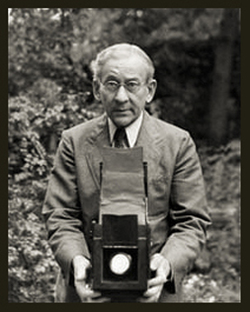 Lewis Hine Lewis Hine
Lewis Hine was a teacher so moved by the plight of child workers that he left his job and went to work for the National Child Labor Committee, a private, nonprofit organization founded in 1904. According to the book “Kids At Work” by Russell Freedman, Hine became an investigative photographer in 1908, concocting ruses to get onto jobsites with his camera. It was dangerous work, and he risked beatings and worse to tell the visual story of childhoods lost to greed:
“If people could see for themselves the abuses and injustice of child labor, surely they would demand laws to end those evils. His pictures of sooty-faced boys in coal mines and small girls tending giant machines revealed a shocking reality that most Americans had never seen before.”
Joe Tomasovsky, a retired photography teacher who lives Bay St. Louis, restored digital files of Hine’s original work, which can be found in the Library of Congress. The library contains over 7000 images of children at work that Hine shot during his career.
Joe, who grew up in Gulfport, had taught Hine’s work to his Florida photography students for years before his retirement, but only recently discovered that Hine had taken pictures on the Mississippi coast. He felt the images needed a wider audience and began the restoration project as part of his work with the Mississippi Gulf Coast Museum of Historical Photography (MOHP). According to Joe, the digital files in the Library of Congress are scans of contact prints made from Hine’s original glass 5-by-7-inch negatives. He sifted through the thousands of available images Hine took in his travels to find ones relevant to the Gulf Coast and the seafood industry.
While the quality of the images has suffered from age, poor processing, and repeated duplications, Joe spent hours meticulously restoring each one of the digital files to more accurately reflect the original quality. He then printed the files in large sizes (up to 24 by 38 inches) onto archival canvas, allowing the images to be viewed without a barrier of glass.
“These people that Hine photographed in this series were mostly immigrants,” says Joe. “They were known by the derogatory term ‘shrimp pickers.’ They dressed differently and they couldn’t speak English, but they had an incredible work ethic and earned a lot of respect. Many of their descendants are still here on the coast today.
“Hine believed he could use photography as a political tool to bring about change for these people. He was part of what’s now known as the Progressive Movement.” The George Washington University website defines those early Progressives as “people who believed that the problems society faced (poverty, violence, greed, racism, class warfare) could best be addressed by providing good education, a safe environment, and an efficient workplace… They concentrated on exposing the evils of corporate greed, combating fear of immigrants, and urging Americans to think hard about what democracy meant.” Lewis Hine lived long enough to see his work have a major impact. In 1938, Franklin Roosevelt signed the Fair Labor Standards Act into law, a federal mandate that prohibited children under 16 from working in manufacturing and mining. Hine died in 1940, before the law was strengthened in 1949 to include other types of jobs. But child labor is still a major issue worldwide today (including in the United States) so the work of Hine continues to be relevant, generations later.
Joe explains how Hine’s final years were spent as a pauper, cut off from financial support for his work by the powerful figures he’d exposed through his photography.
“But no one could diminish the power of his work. This exhibit is a tribute to what one man was able to accomplish using the lens of his camera.” The Bay St. Louis Library plans to host part of the Hine exhibit sometime later in 2016, focusing on images from Bay St. Louis and Pass Christian. Keep on eye on our Upcoming Events page; details will be posted there as soon as they’re available. The Sunrise Café
Kane opened the cafe in November 2013 after years of waiting tables and as a restaurant cook and manager. Getting off the ground was a sometimes a struggle but things started to settle down — and pick up — in the second year, she said. Now Sunrise Cafe has a loyal following.
“It’s pretty steady most days but Saturday is our busiest,” she said. “Most of our customers are local but we do have some who come from Waveland, Pass Christian and even Long Beach. And Hollywood Casino has a valet who always recommends us to guests.” Kane said she loves her cafe’s location and the town’s welcoming, small-town atmosphere. “I have great neighbors in this little business area. We have a dentist, an orthodontist, and the cellphone company. It’s a close-knit community. When customers come in, they know each other,” she said.
Regulars know what they like, too. The Western omelet, filled with ham, onions, bell peppers, tomato and cheddar, is a favorite. Philly cheese steak, another top-selling choice, appears in three different iterations: as a sandwich or an omelet or in the ultimate hash browns with grilled onions, bell peppers, mushrooms, Swiss cheese and eggs. Want those hash browns extra crispy? Just ask your server.
There are also breakfast standards like buttermilk pancakes and hard-to-come-by dishes like corned beef hash. The menu covers all the breakfast bases. Lunch items include tasty burgers, mixed green salads, sandwiches and melts plus made-from-scratch desserts. Homemade soup of the day is partnered with a small tossed salad or half a chicken salad croissant. Kane said the cafe’s menu is pretty well set, but don’t be surprised if you see more sandwiches and fewer plate lunches during the heat of the summer season. And of course you can satisfy your breakfast food cravings any time the cafe is open. Vinyl in Vogue
Guest columnist Suzi Walters (Identity Vintage, in Old Town) gives us a primer for beginning collectors of vintage vinyl records.
- story and photos by Suzi Walters
In addition to hearing the material sequenced as the artist intended, there is cover art, sometimes in full gatefold format. There are liner notes, dedications, lyric sheets, and cryptic messages etched in the vinyl dead wax. Collections of songs on a record offer a cohesive glimpse of a musical artist at a certain time in his career. To own the art in this format is an experience as the artist originally intended.
For the casual music lover there are represses of most artists’ work easily available at many mainstream retail outlets. For the collector that resides in many of us, the vinyl hunt in the secondary market is a hobby that is fun, challenging, and a constant learning experience.
The basics of record collecting are quite simple — the most important being buy what you love. If you find joy in a certain artist, that truly defines the value of the object. However, to get the most bang for your buck, it is helpful to do your homework before the hunt. As a book collector hopes to acquire a first edition of a beloved volume, for a vinyl collector a mint condition first pressing is the most desirable version. With millions of records available out in the secondary marketplace, this can get confusing.
Determining an original pressing can be quite the task, but there are key things to look for. Familiarize yourself with the label the artist originally recorded under. Many times a repress is on a different label, as over the years smaller labels were absorbed by larger companies.
A perfect example of this would be the Beatles, whose discography has been repressed many times under labels like Parlophone, Capital, and Apple, as well as many import labels. To help sort this all out, there are many online databases available where one can enter in the record catalog number. This may help ascertain the generation of pressing. The catalog number is usually found on the top right corner of the back of an album’s cover.
Album cover art is also a key clue, as many represses will have subtle differences in the artwork. Differences may also exist on album inserts such as lyric sheets.
The most important thing is, of course, the music itself. Secondhand and vintage vinyl should be clean, glossy, and appear flat. Imperfections to the eye do not necessarily mean the record is unplayable, though. Unless new and unopened, most used vinyl will have visual flaws. Rule of thumb is to run your finger over these imperfections; if you can feel the flaw, your turntable stylus will likely react to it as well. Collecting records is akin to collecting an art form, the fun in it being that there is something for everyone. For the serious collector, there are box sets, limited editions, picture discs, colored vinyl, split colored vinyl, imports, and out of print pressings. For the casual collector, vintage and second hand vinyl is not hard to find, and the hunt is an absolute blast. Whether taking a joyful ride down memory lane or discovering tunes and soundscapes that inspire and entertain you, the real truth is that records aren’t just back, they’re here to stay! Sprinkler Parties and Plastic HeadbandsThe sight of a sprinkler at work in the heat of a summer's day excites the inner kid of this award-winning columnist and author.
- by Rheta Grimsley Johnson Our Very Own Least Terns
Wildlife lovers are excited about the first Least Tern colony in Hancock County, in Waveland. Yet, cheers are tempered by the fact that - at least for now - the extremely vulnerable colony is unmarked and unprotected, subject to eradication by unaware beachgoers.
- story by Lisa Monti, photos by Mozart Dedeaux and Ellis Anderson
The terns are colony nesters and congregate in large groups. They may nest twice, giving them a second chance each season to produce one or two eggs.
“It’s a safety mechanism,” said Pacyna. The colony near the Great Southern Golf Club in Gulfport had more than 900 birds last year. The birds are about 9 inches long and have a 20-inch wingspan. Ours are the smallest tern that breeds in North America. The terns belong to the Coastal/Eastern subspecies that breeds along the Gulf Coast from Texas to Florida. They winter along Central and South America’s coastlines and head north to breed in the spring. The birds are protected by state and federal statutes. Audubon officials asked the Board of Supervisors at their May 16 meeting for permission to put down posts and rope to provide protection but the supervisors delayed approving the request. The terns are on the Supervisors agenda again for the June 6th meeting. Bird-lovers are hoping this time they'll approve protective measures for the birds. The public is invited to attend the meeting. It begins at 9am on Monday, June 6th, in the Boardroom at the County Government Annex, 854 Hwy. 90, Bay St. Louis (if you can't make the meeting, but want to weigh in on the tern protection, all the supervisors names and phone numbers are listed at the bottom of this article). Apparently, some local residents, concerned for the safety of the birds and their nests over the busy Memorial Day weekend, took matters into their own hands. Hand-lettered signs appeared on the beach at each end of the nesting area, festooned with red hearts. "Hancock County Pride," the signs read. "Help protect our first Least Tern nesting site! Please keep well outside the marked zone." One sign had a post-script: "We love our baby birds! Thank you!" It's not known at press time how effective the grass-roots signage was at alerting holiday beach-goers. Several groups of people were spotted lounging just in front of the marked nests. 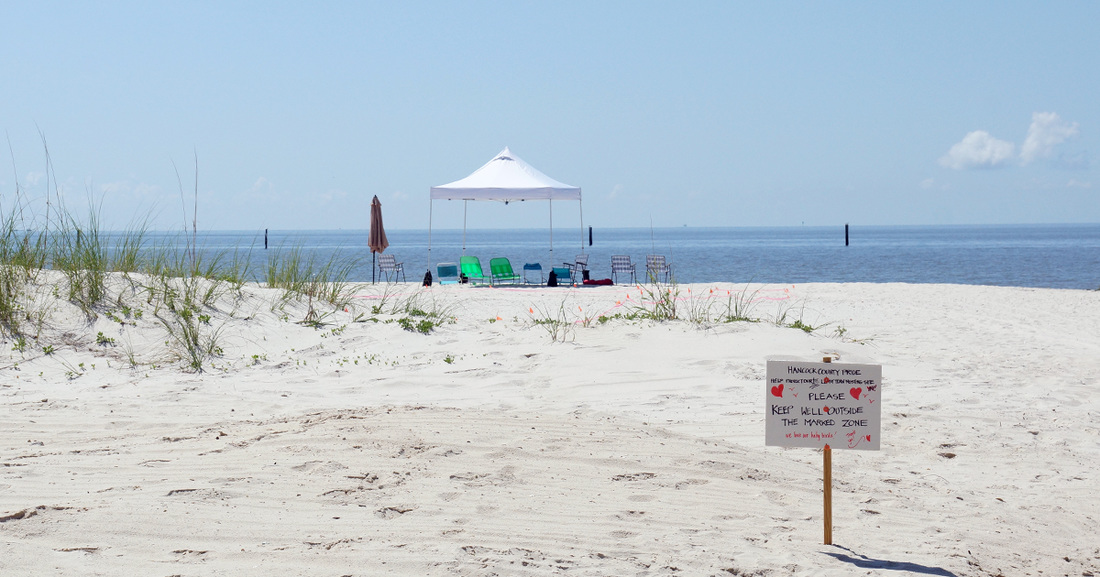
Without official signage and having the area roped off, it's easy for beachgoers to miss the fact that they're setting up camp in the middle of the terns' very vulnerable nesting grounds. Supporters are hoping Hancock County supervisors will approve the type of protective measures proven effective in Harrison County.
In the meantime, Audubon is seeking help in protecting the terns and observing their behavior. Training will be conducted throughout the month of June.
“We are trying to get volunteers to steward the area,” Pacyna said. “The biggest threat is the Fourth of July. We see a lot more people on the beaches and fireworks. People may not realize they are shooting fireworks in a bird colony.” The noise may cause the birds to flush, leaving the eggs and chicks vulnerable to high heat and predators like gulls and crows. If you want to lend a hand to make the least terns safe on our beach, you can volunteer by emailing Amanda Odom, volunteer manager, at [email protected] or call (228) 285-0449. You can also contact the Board of Supervisors to ask for their support: HANCOCK COUNTY BOARD OF SUPERVISORS DISTRICT 1 - David Yarborough (228) 493-3750 DISTRICT 2 - Greg Shaw (228) 493-7967 DISTRICT 3 - Blaine LaFontaine (228) 493-8283 DISTRICT 4 - Scotty Adam (228) 224-0178 DISTRICT 5 - Darrin "Bo" Ladner (228) 216-9926 Swinging Into Summer
In this new DIY column by Holly Lemoine Raymond, you'll learn how to make a cozy porch swing out of salvaged pallets! Complete with a materials list and photos.
- story and photos by Holly Raymond
I hope you’ll enjoy reading my column and using some (or all) of the ideas I’ll share to repurpose items that you may find lying around. We’ll start with my most recent weekend project, the crib-porch swing. 
What you’ll need:
Other materials and/or tools you may need
First, you’ll have to prepare your wood. Cut, sand, and stain your pallets.
Next, begin assembling the back and the sides of the swing with a deconstructed pallet.
Once your swing is put together, insert the eye bolts with locking washers and nut. Placement of your eye bolts will vary depending on where you will be hanging your swing. Make sure you secure your eye bolt with a locking washer.
Now it’s time to hang your swing.
The most difficult part of building this crib-porch swing is the installation! Here’s where your ladder and strong (and attractive) helper come in. Mount your swing’s hardware into ceiling joists. (That was a word I had to look up! See, you’re not just building a swing; you are building your vocabulary, too!) How far apart you set your ceiling hooks will determine what kind of momentum you’ll get on your swing. Since I want to sit and enjoy a good book and a nice summer’s eve, I kept mine the width of the swing. (Don’t want to swing so much that I’ll dump myself out!) Now, will you use ropes or chains? Either way, you’ll need to determine how far off the ground you want your swing to be. I would suggest you find something that will sit that high and use that to determine how long your rope (or chains) should be.
If you are using chains, make sure you count your links. DO NOT measure your ropes or chains in advance. Remember, you can always cut the ropes/chains to make them shorter. However, you cannot make them longer.
Now that you have successfully built your swing and suspended it from the ceiling, it’s time to put on the finishing touches. I covered the crib mattress with a fitted crib-sheet and tossed some throw pillows on it to give it some personality.
Now it’s time to sit, sip some sweet tea, and swing into the evening.
Thanks for stopping to read about our Beautiful Things! See you next month! Bye Ward, Hello Shoofly!
Ward and June are going into retirement, as the Fourth Ward Cleaver web-zine changes its name to "The Shoofly" in July! Read on for why.
- story by Ellis Anderson Summer on the Coast
Guest columnist Pat Robinson rhapsodizes about the offerings of summer of the coast - including bonfires on the beach and fireworks for all.
I am originally from Cambridge Massachusetts and people often ask what I
miss from "home". My first answer is always the 4th of July with the Boston Pops and spectacular fireworks on barges in the middle of the Charles River (Love that Dirfy Water). But, isn't there always a but? But regular folks in Massachusetts cannot buy fireworks and set them off. On the gulf coast, we can! And we can have bonfires (with permits) and fireworks and parties on the beach. Although fireworks are not done on the more solemn Memorial Day celebrations, this week-end is the beginning of summer. Second Safurday in "the Bay" happens every month. Fishing is always good. Music is always on our minds and we have many talents here. Boating is great, going out to the barrier islands, or just floating along, or sailing too. July 4ft brings more fun and great seafood with Our Lady of the Gulf Crab Fest and Waveland is now carrying on a holiday tradition that began when Destination America (they produced Buying the Bayou and I was a realtor in an episode) brought national attention to the small city's big comeback. The Bay Harbor Fest is July 17-19 and it features local, regional, and national caliber musicians. There are always a lot of vendors too. And let's not forget the great art we have here. The Ohr-O'Keefe Museum, Walter Anderson Museum, and many galleries that feature just about every kind of art you can think of. The boys of summer are now a part of the coast. The Biloxi Shuckers are playrng in the new MGM park. So it's not Fenway or the Red Sox, but it is baseball. Or maybe you just want to get your fishing rod and go out to one of the piers and try for that BIG one. Or maybe it is just the right time for a good book on the beach under an umbrella. Be sure and use sunscreen, and get ready for a good time in Bay St. Louis and the rest of the wonderful Mississippi Gulf Coast. |
Categories
All
Archives
July 2024
|
Shoofly Magazine Partners
Our Shoofly Partners are local businesses and organizations who share our mission to enrich community life in Bay St. Louis, Waveland, Diamondhead and Pass Christian. These are limited in number to maximize visibility. Email us now to become a Shoofly Partner!







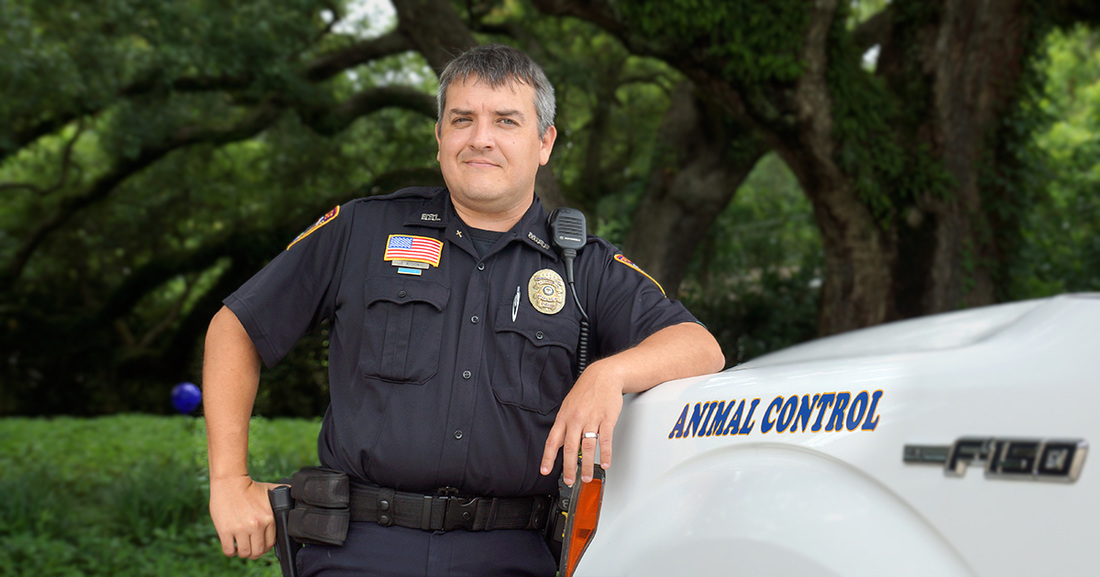


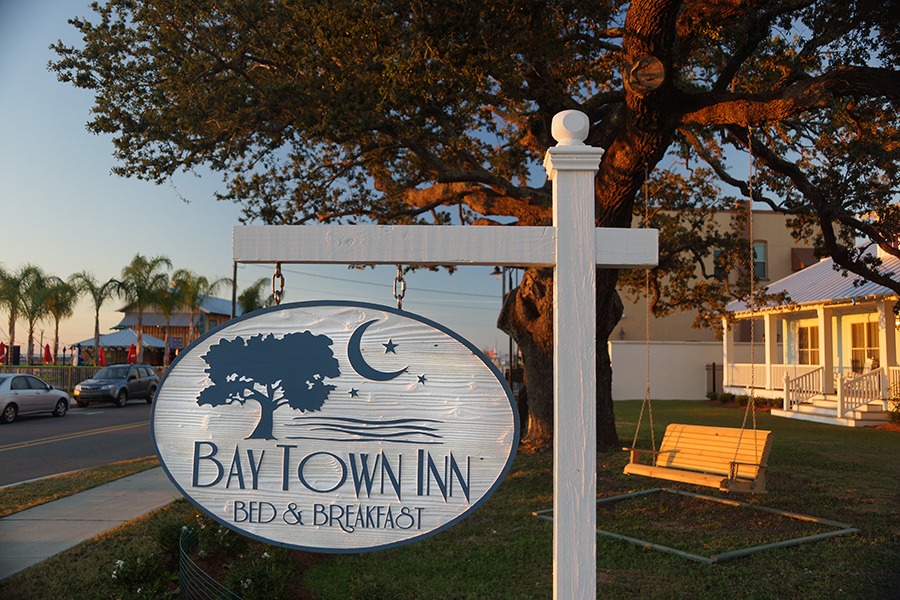

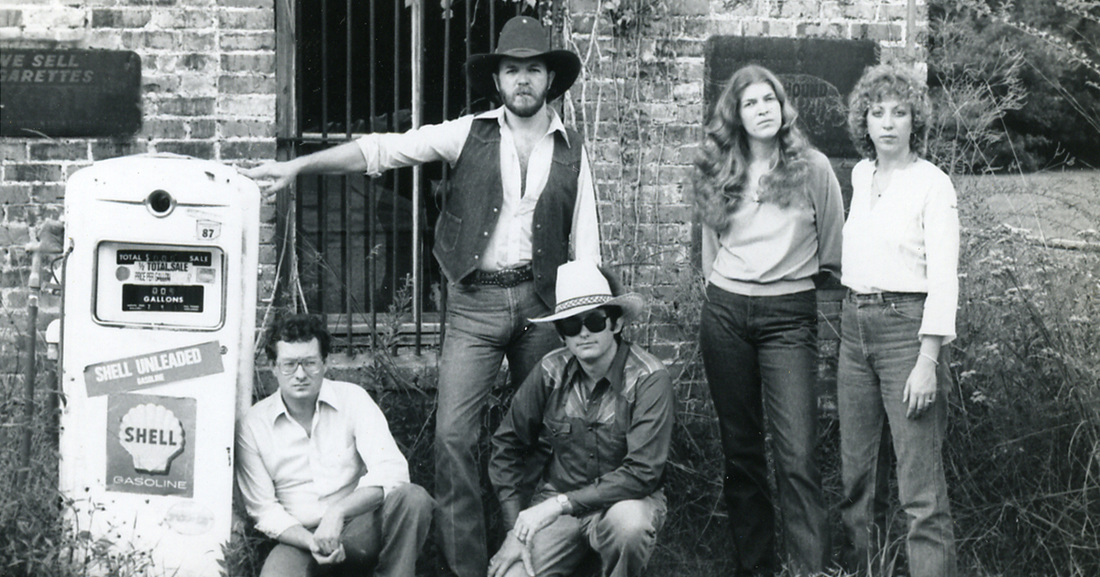
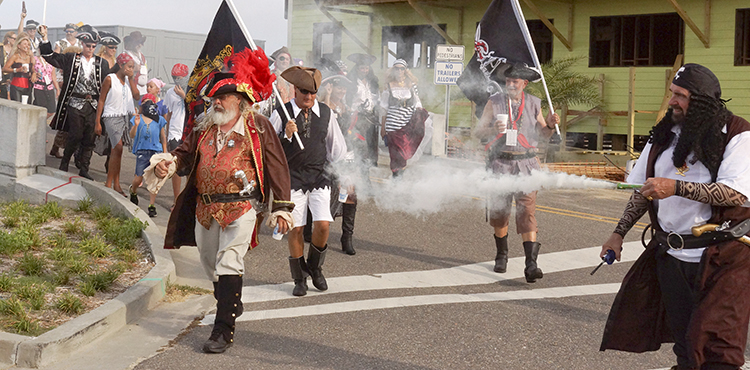

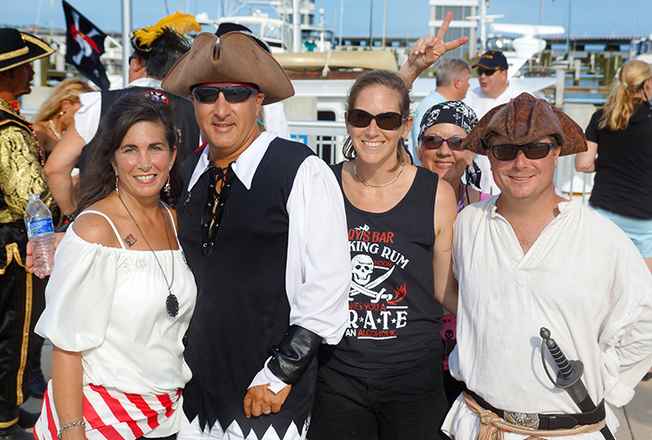

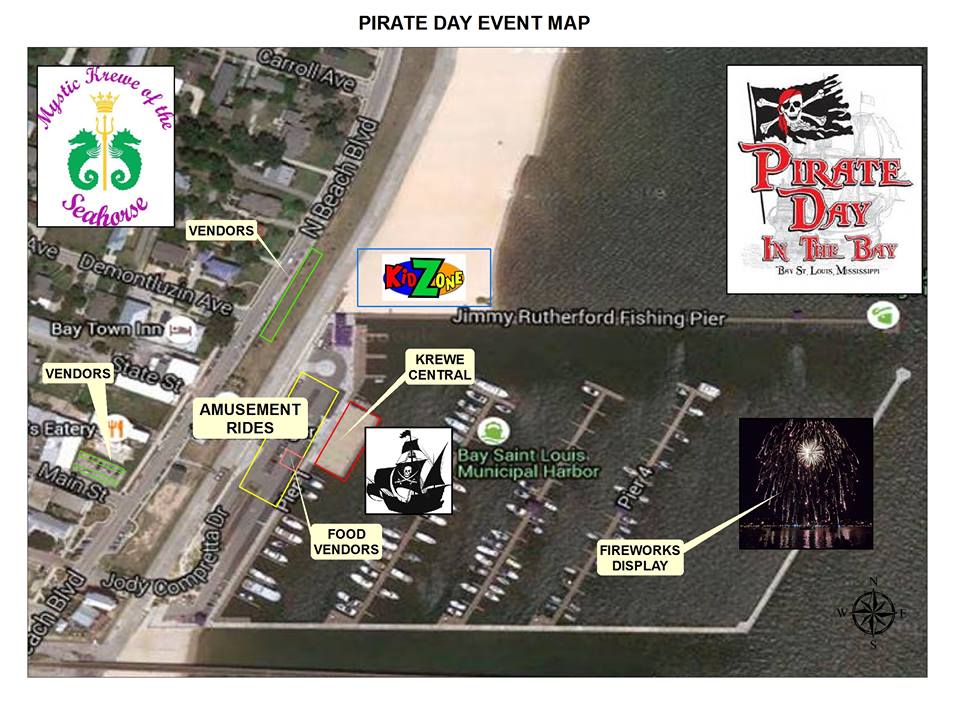
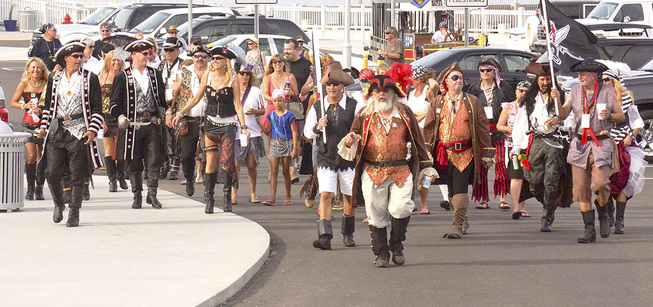
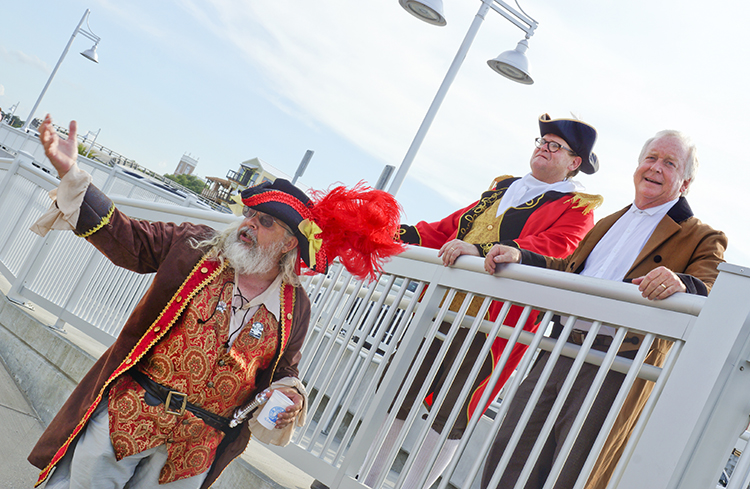
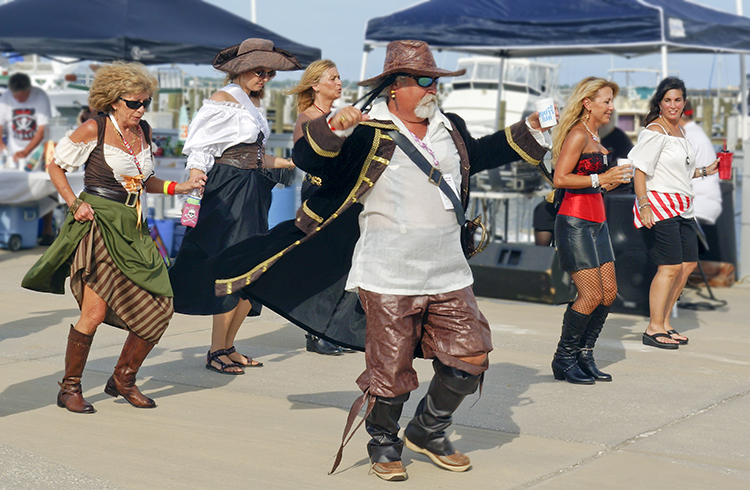
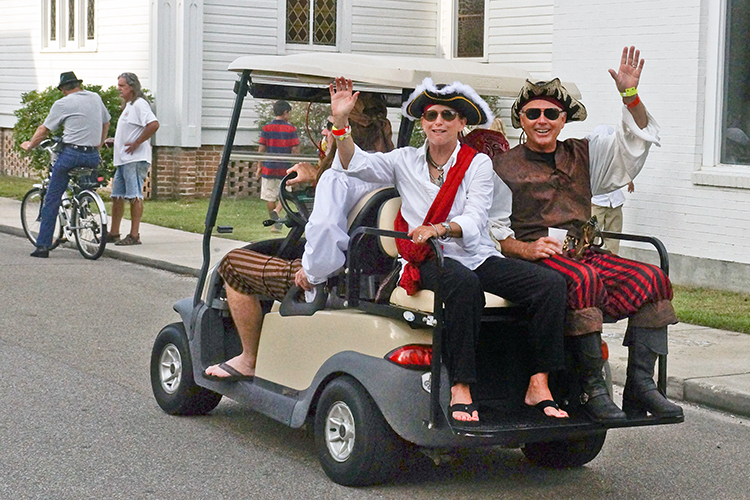


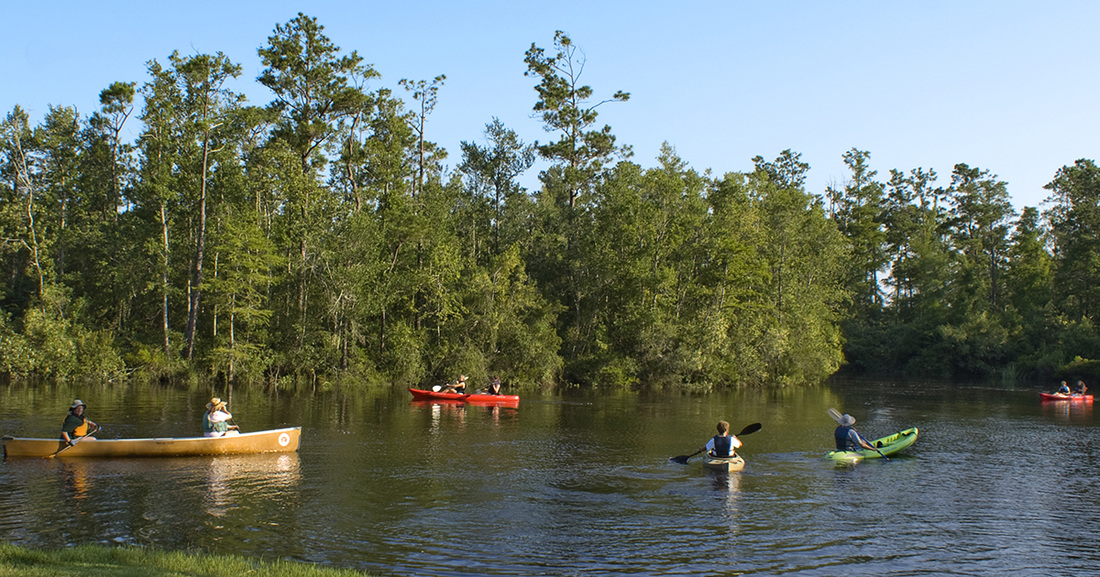





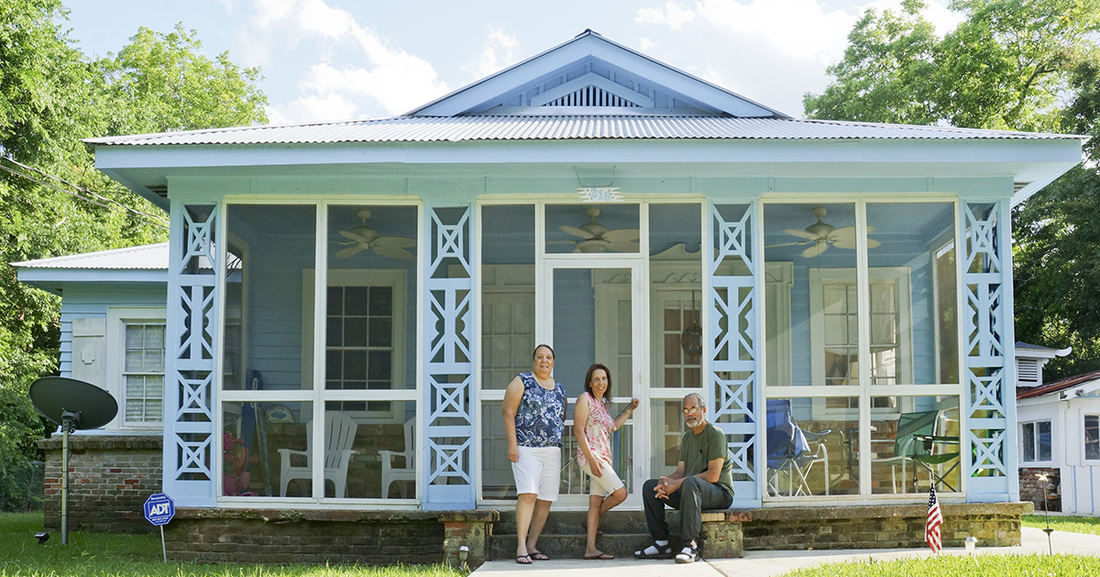

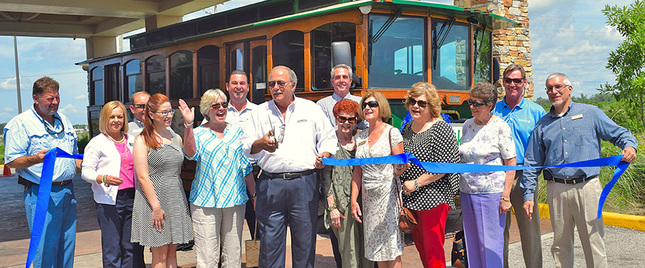

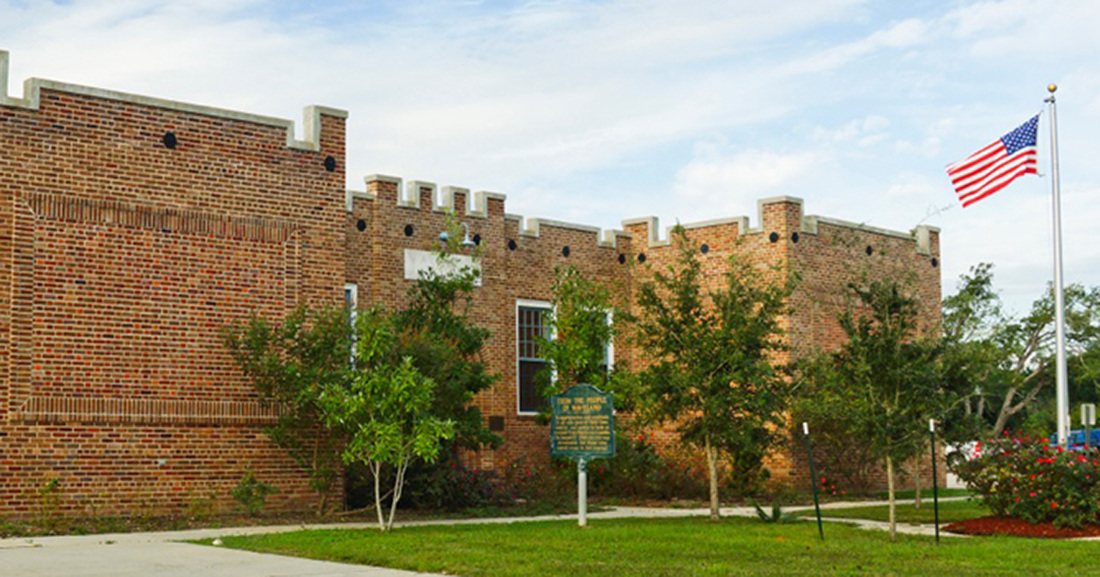
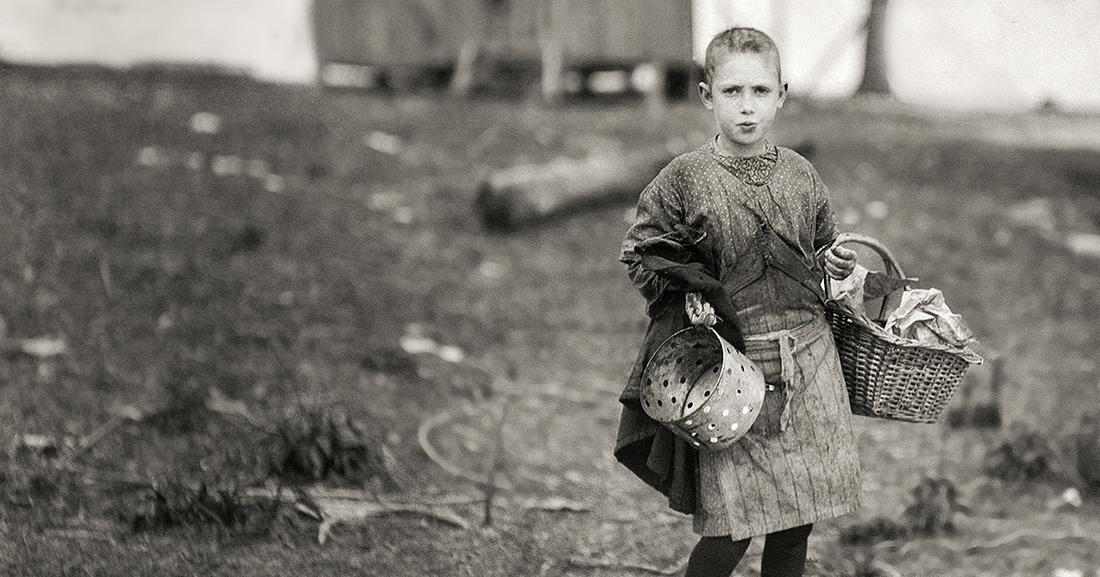

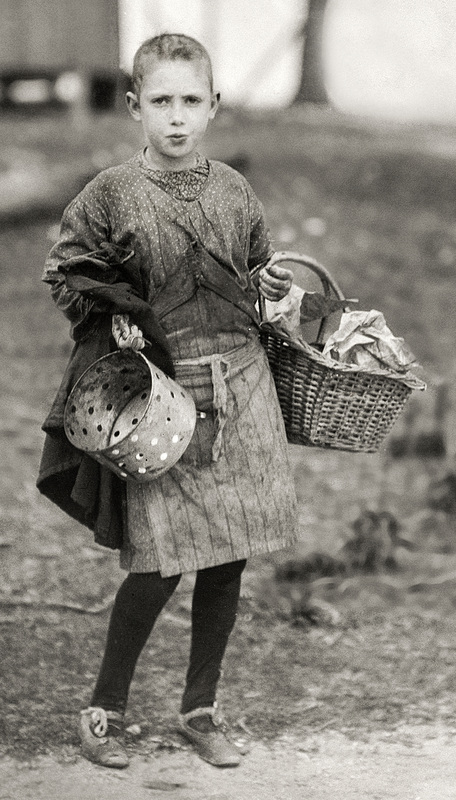
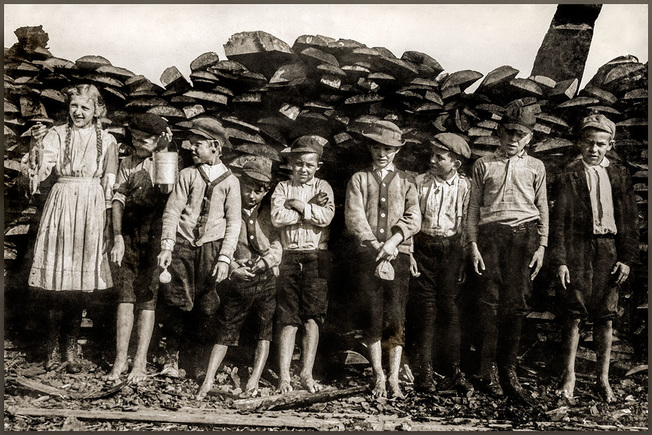
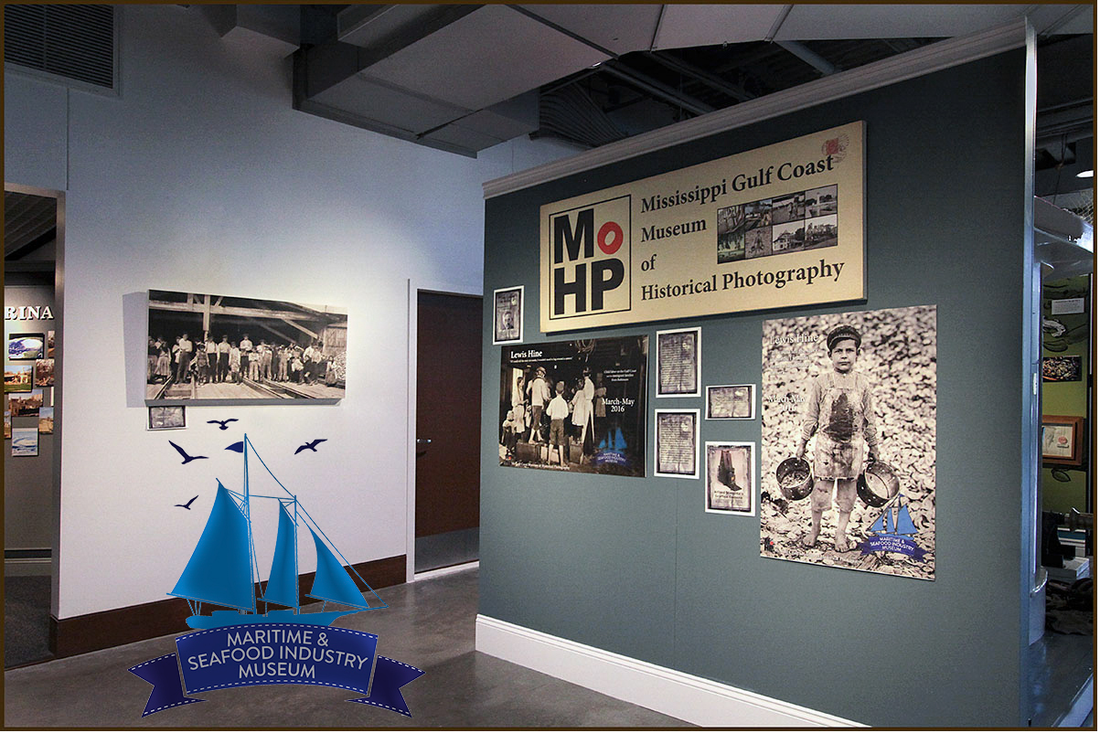
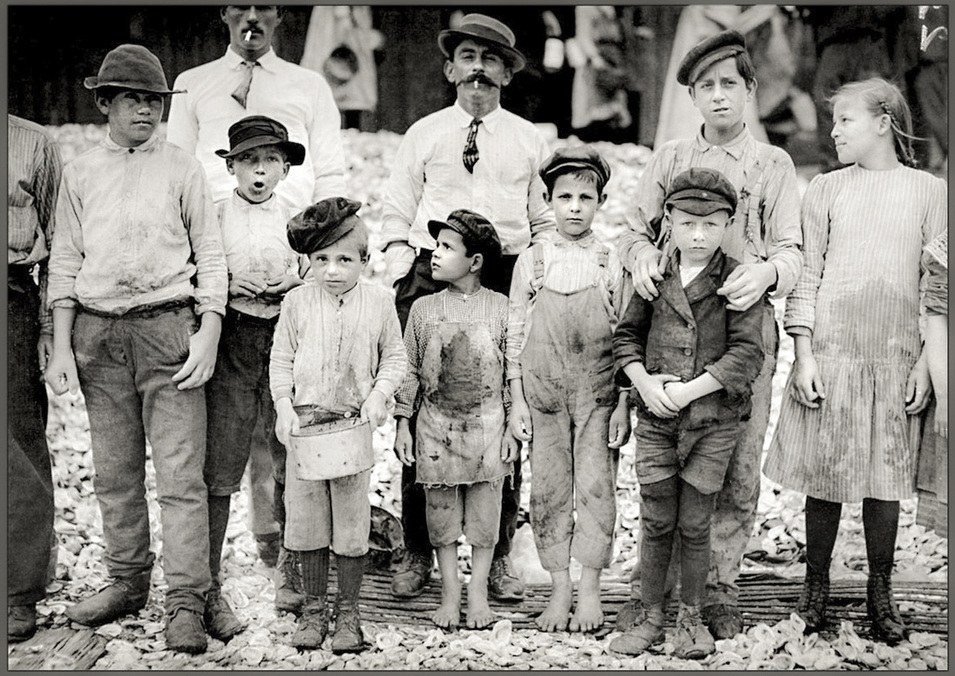

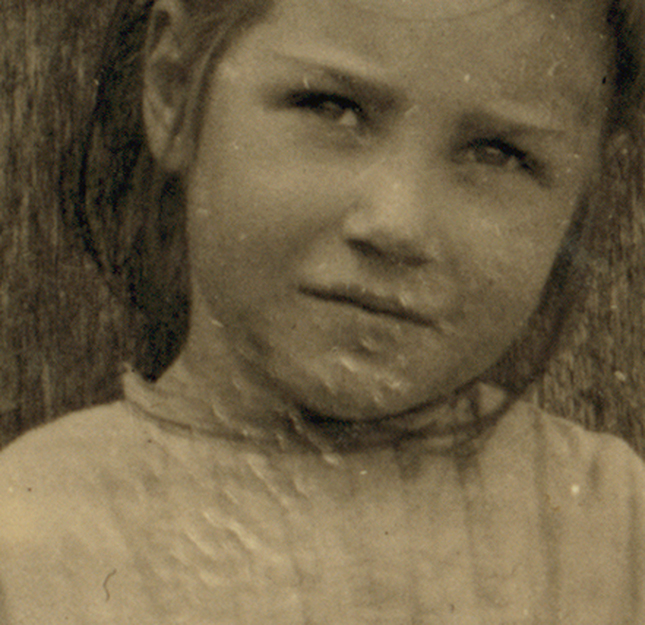
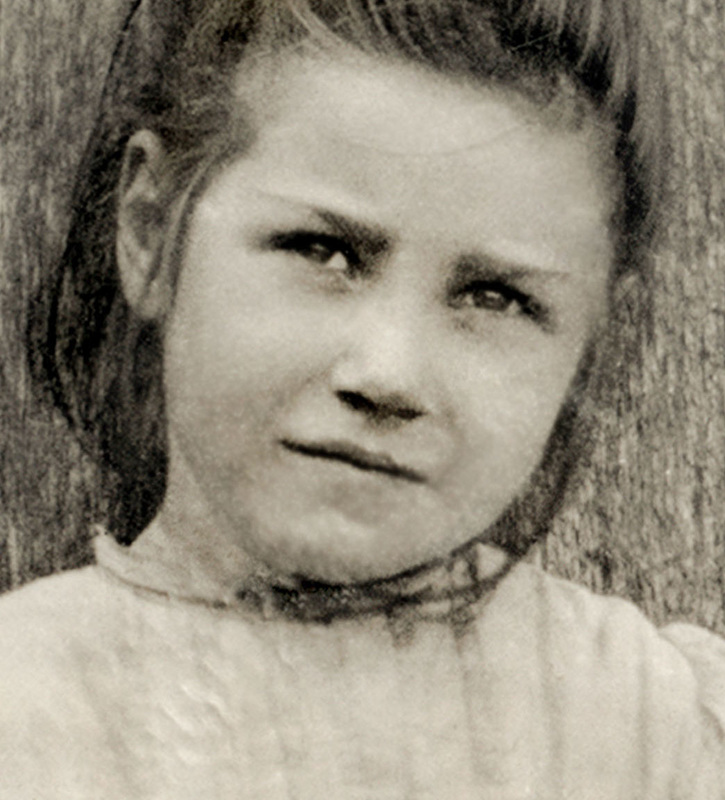
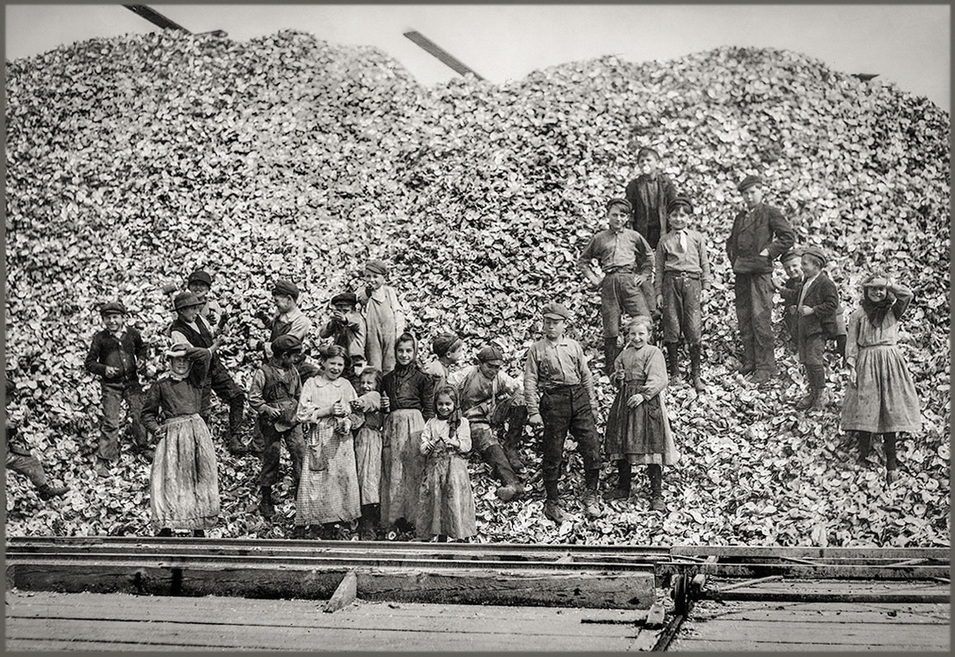



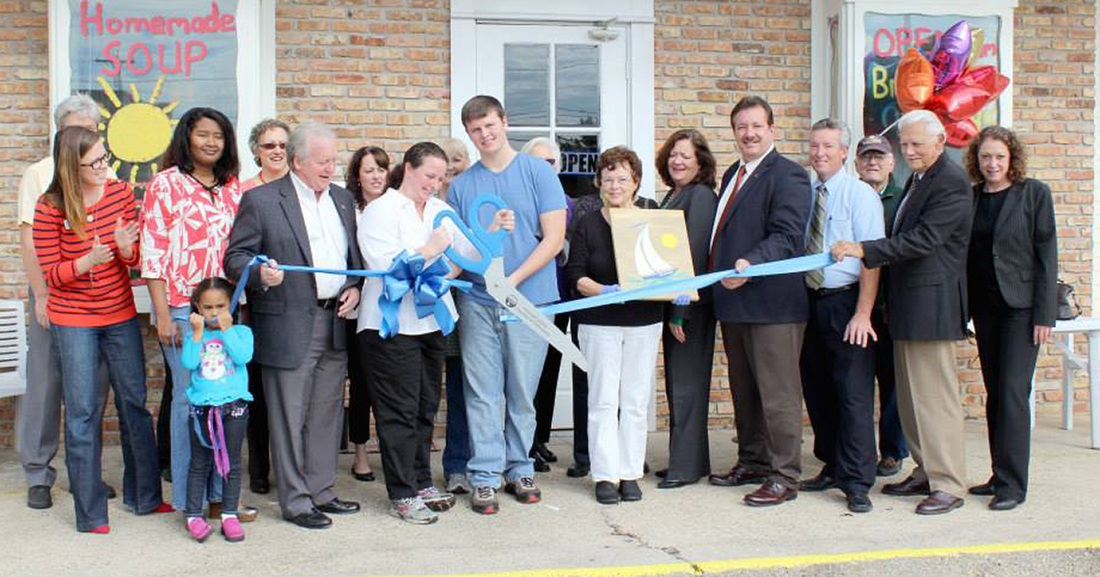
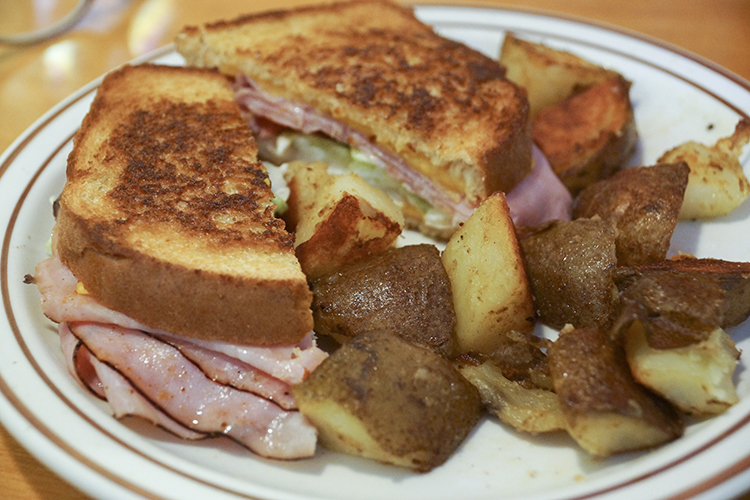


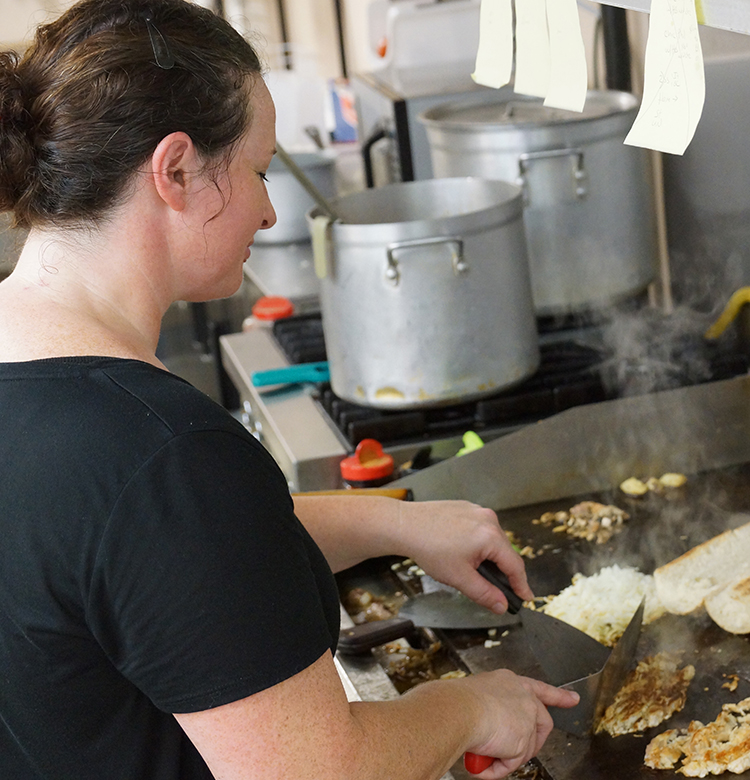
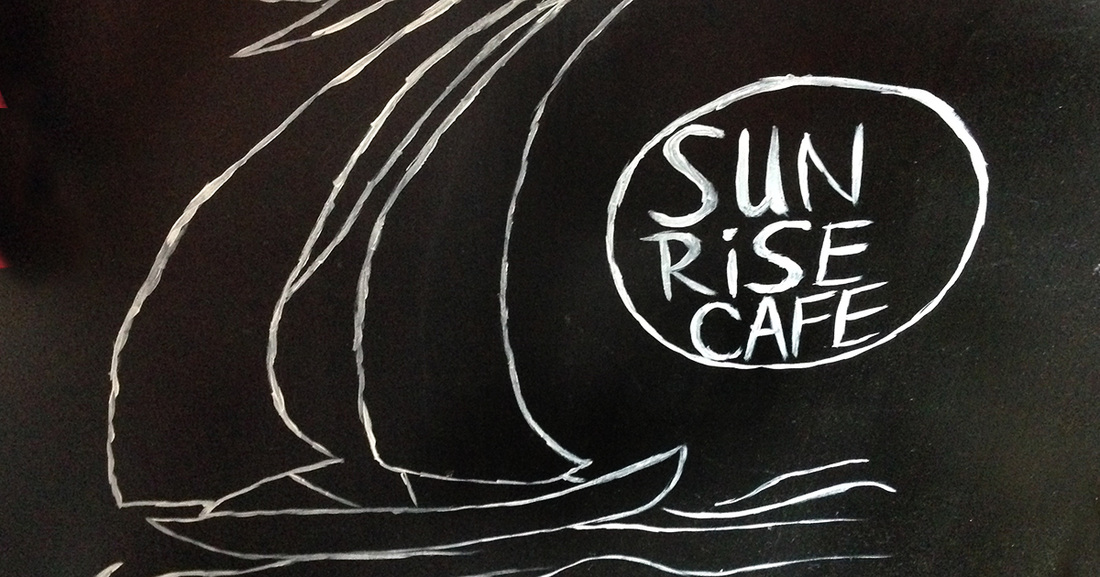



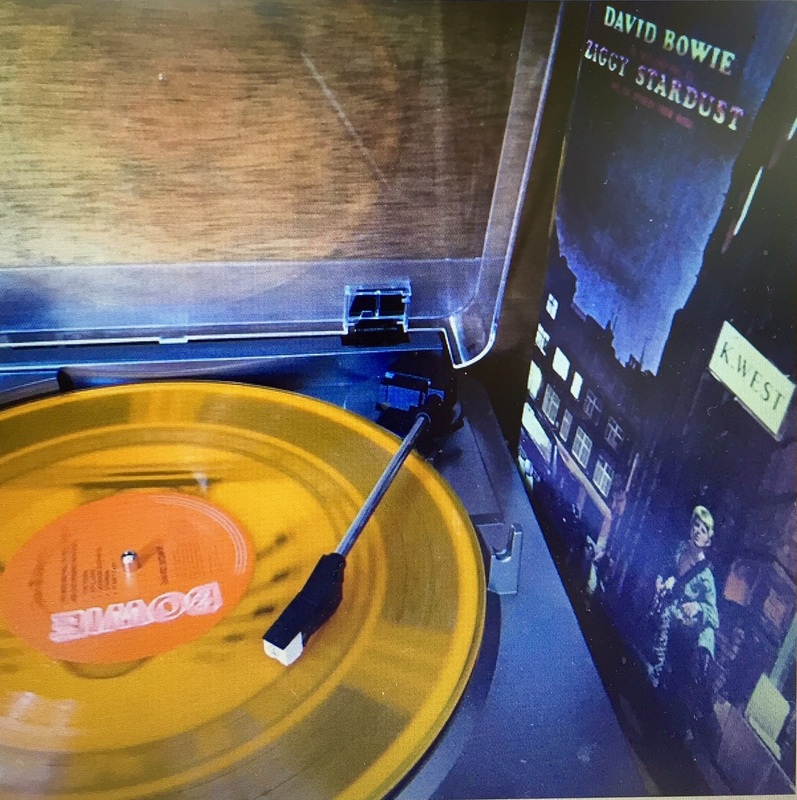

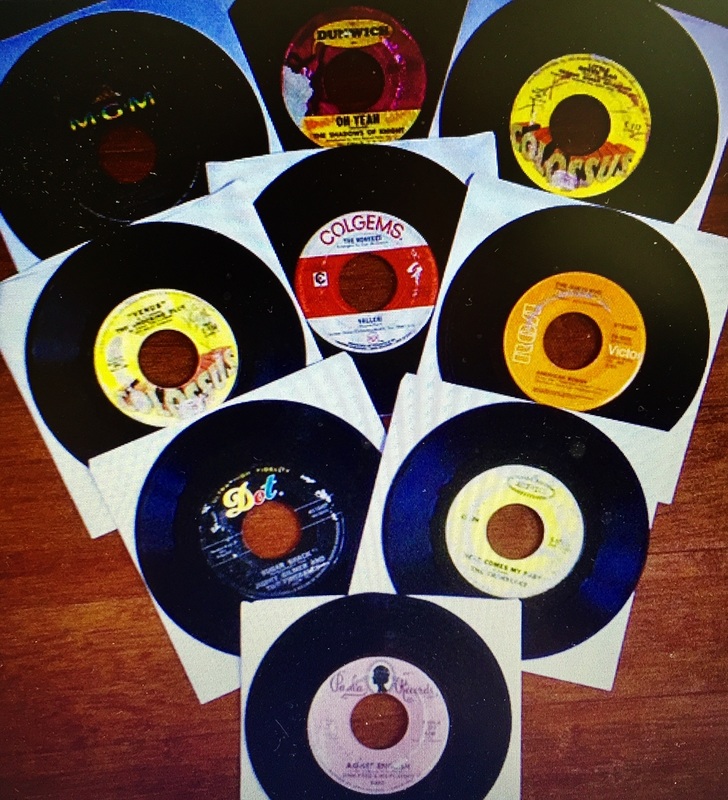




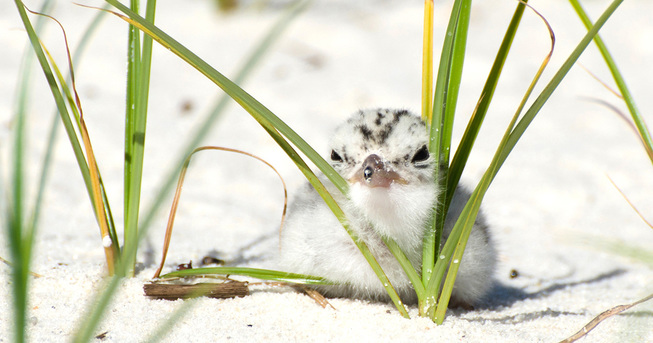
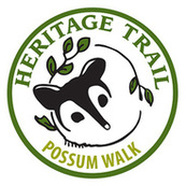
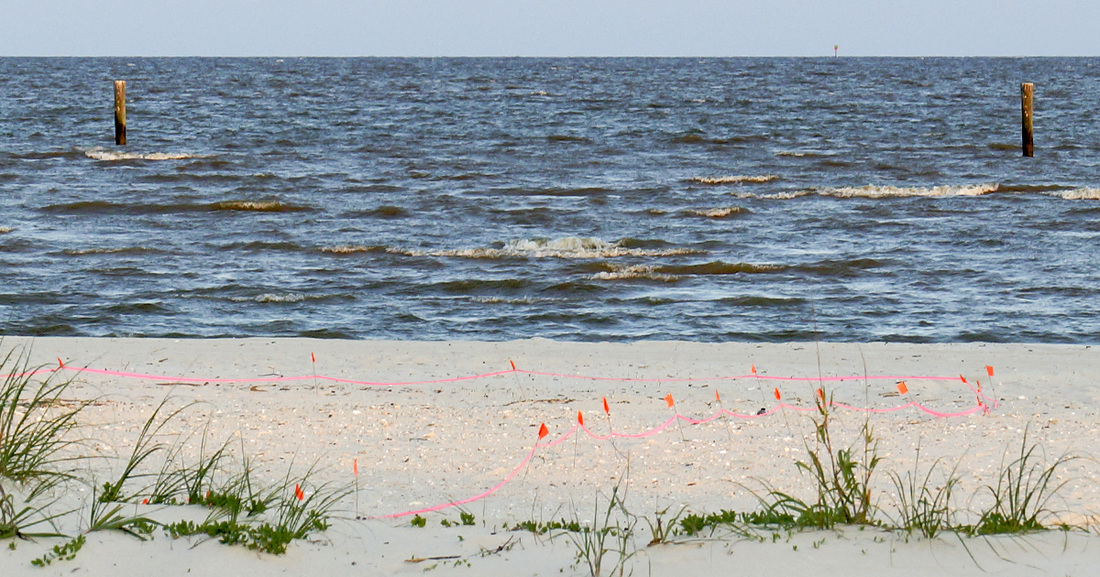
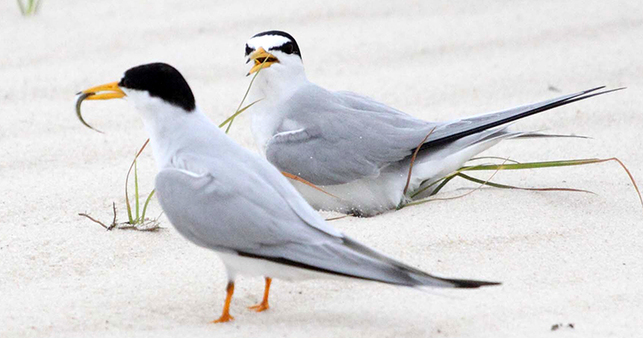
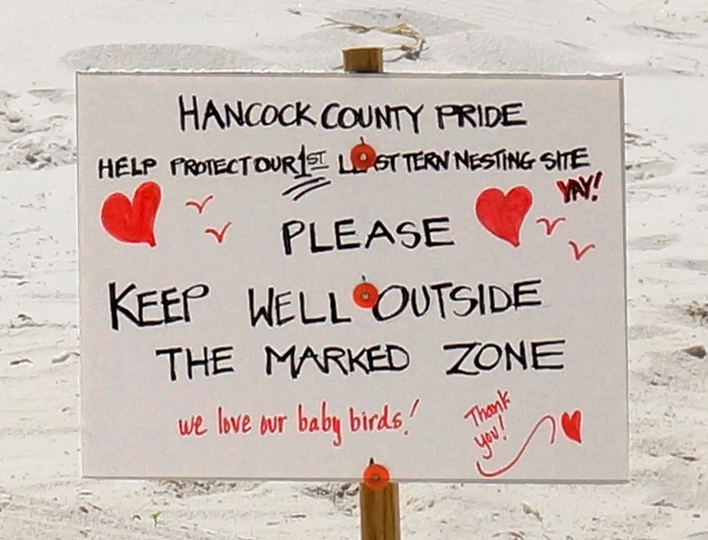
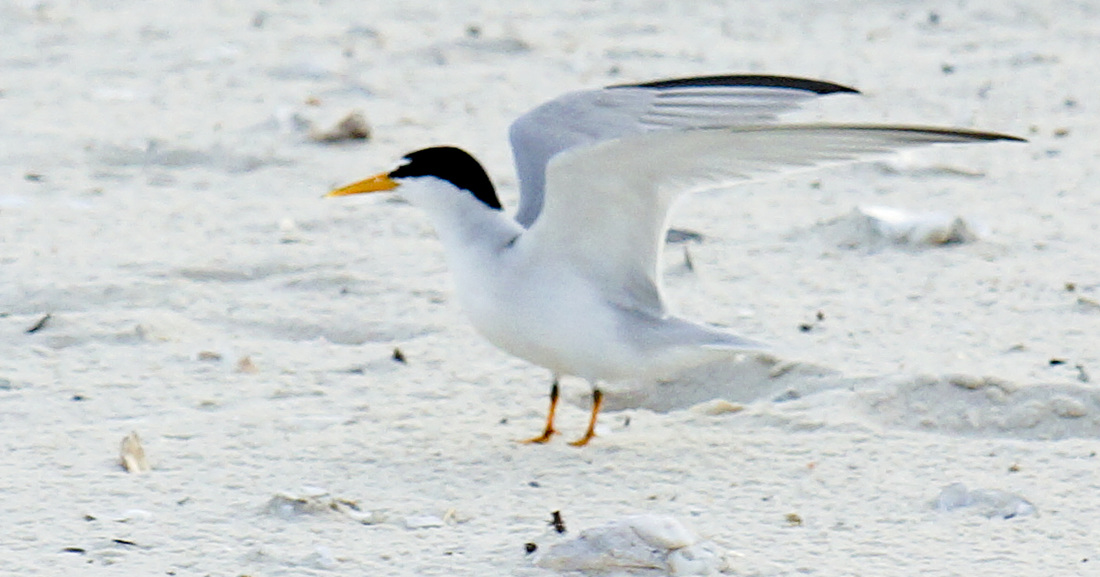








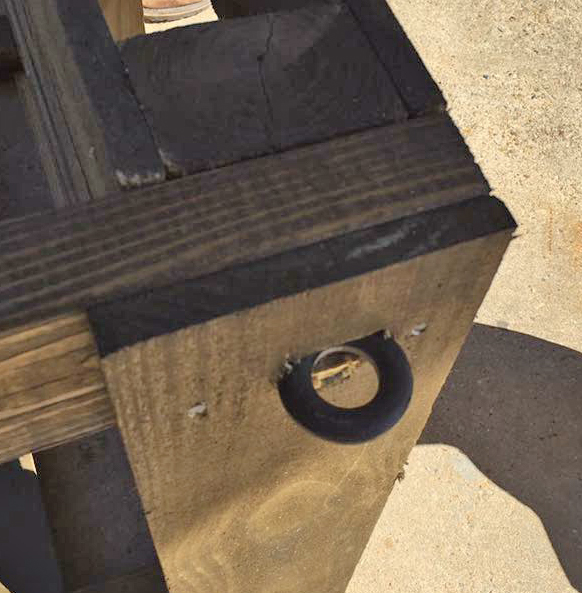

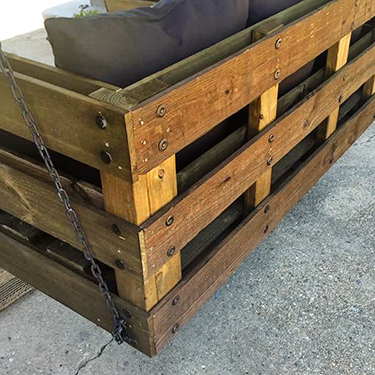



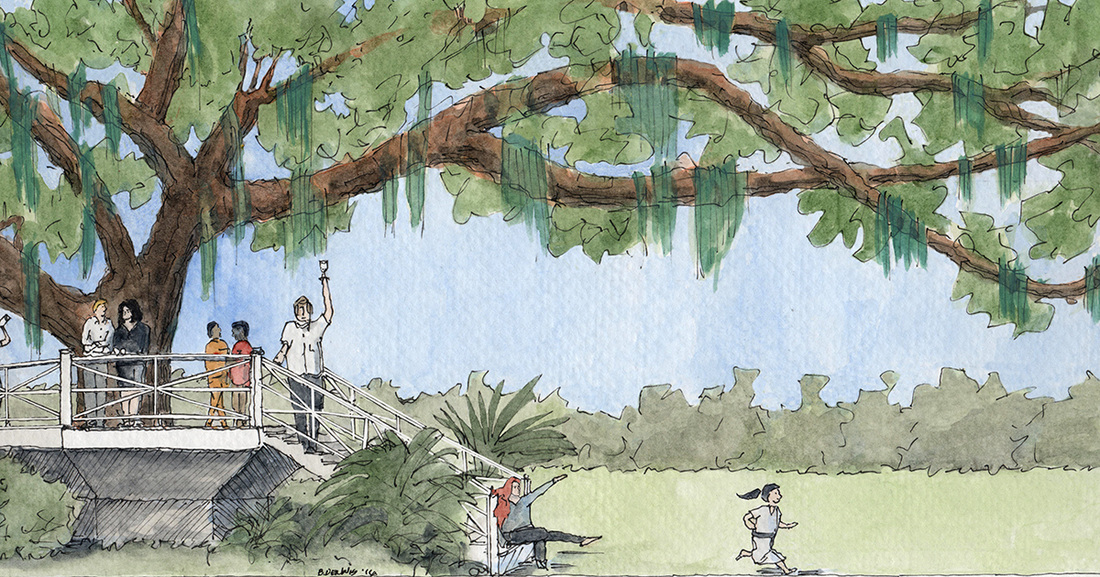


























 RSS Feed
RSS Feed























